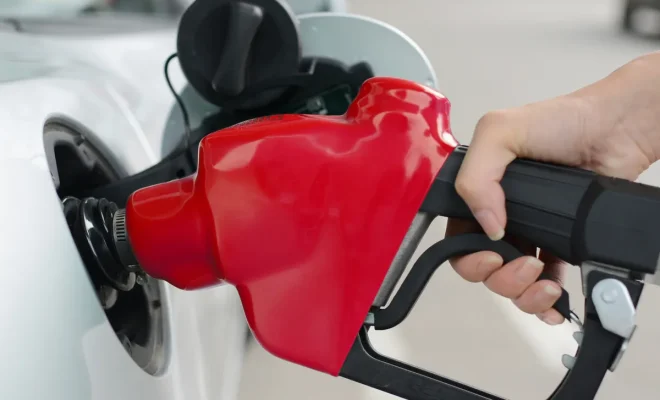EVs Explained: Battery Capacity, Gross Versus Net

Electric vehicles (EVs) have become increasingly popular in recent years due to their eco-friendly nature, reducing emissions and dependence on fossil fuels. One aspect of EV ownership that is often overlooked is charging losses. In this article, we will discuss the concept of charging losses, its causes, and ways to minimize them for a more efficient EV charging experience.
What are Charging Losses?
Charging losses refer to the percentage of energy that is lost during the process of transferring electricity from the power source (typically the grid) to the electric vehicle’s battery. This inefficiency leads to higher energy consumption and longer charging times, ultimately affecting an EV’s performance.
Causes of Charging Losses
1. Power Conversion: The process of converting electricity from alternating current (AC) used in the grid to direct current (DC) required by the vehicle’s battery involves some energy loss. Most chargers come with a built-in converter, which may not be 100% efficient.
2. Heat Generation: The resistance from cables and connectors during the electricity transmission generates heat. This heat results in energy loss due to dissipation.
3. Battery Efficiency: The internal resistance of the battery itself also causes some energy loss as it heats up during charging. Additionally, environmental factors like ambient temperature can affect battery efficiency.
4. Charger Type: Different chargers have varied efficiencies. For example, Level 2 chargers are relatively more efficient than Level 1 chargers because they provide a higher power output and shorter charge times.
Minimizing Charging Losses
1. Opt for High-Quality Chargers: When selecting a charger for your EV, consider investing in a high-quality one with better energy efficiency ratings.
2. Regular Maintenance: Periodic inspection and maintenance of your charging equipment can help detect potential issues like worn cables or loose connections that contribute to energy loss.
3. Smart Use of Timers: Using charging timers allows you to schedule the charging of your EV during off-peak hours when grid demand is relatively low, resulting in less voltage fluctuation and a more efficient charging experience.
4. Temperature Management: If possible, park your EV in a temperature-controlled environment like a garage during extreme weather conditions to help maintain optimal battery performance and minimize energy loss due to temperature fluctuations.
5. Software Updates: Regularly updating your EV’s software as recommended by the manufacturer can ensure the smooth functioning of its various components, plus it may provide improved charging efficiency or battery management.
In conclusion, understanding the concept of charging losses and its causes can help EV owners make informed decisions about their charging setups, minimizing energy loss and getting the best possible performance from their electric vehicle. Proactive measures including smart use of timers, good maintenance practices, and investing in efficient chargers can lead to a more sustainable and eco-friendly EV ownership experience.



